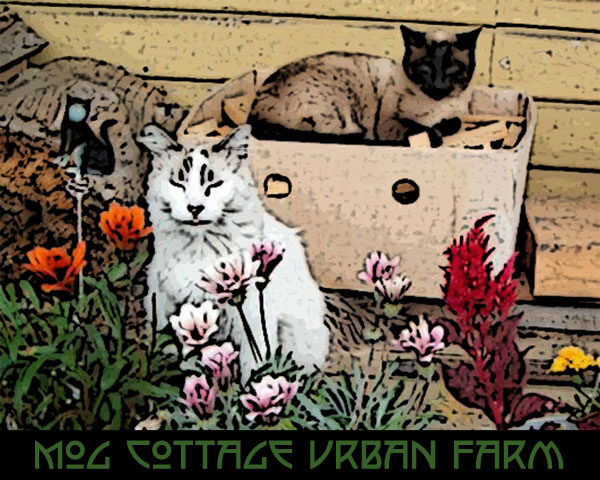Hopefully I've thoroughly cleaned out the potatoes from the tub because this fall I've planted crocus bulbs. You're probably asking yourself why I would plant crocus bulbs instead of potatoes, but there's one simple reason: Saffron! I've planted Crocus sativus, the crocus that gives us the spice, saffron. I love to cook various Mediterranean cuisines such as paella and Persian dishes both of which call for copious amounts of saffron. Upon emptying out my tiny jar of the last of my saffron, I've decided to try and grow my own.
 |
| Spacing out the bulbs before planting. |
That is, if they don't rot from all of the rain we get around here. If you think about it, Saffron comes from arid climates; Spain and Iran. The PNW isn't exactly arid on this side of the Cascade Mountains, even when we haven't had much rain for the last several months. However, I've read that generous spring rains and drier summers are optimal. This year is a great example. Since this crocus variety flowers closer fall, I'm hoping that the flowers won't get beaten up by rain like tulips around here do in the spring.
Because of it's out of orbit cost, Saffron is one of the most counterfeited spices around. What is passed off as saffron by unscrupulous vendors is often really a type of marigold or safflower petal. You may see this product coming out of Mexico on this side of the pond. Also, the Caribbean folk like to call turmeric saffron and turmeric is also passed off as saffron to unsuspecting tourists abroad. Unfortunately, even some fine restaurants try to dupe the customer by passing turmeric off as saffron. The best defense is to purchase it from a reputable specialty store, especially where folk from the Middle-East shop because they would know.
So, how do you tell if it's real? First of all, it should cost some scratch. If you think you're getting a bargain, chances are you're getting shafted. The litmus test is easy. Simply drop a few threads in a glass of warm water. If it takes a few minutes for the strands to diffuse a dark color, then it's the real thing. If the stuff immediately colors the water yellow or a murky orange, then it's a fake. There's also a distinct flavor and scent that real saffron possesses.
So, I've decided to give it a go myself, and see what I can get. Watch for me next fall in the veg garden in the morning hours, bending over a claw foot bathtub with tweezers in hand to collect my bounty of Crocus sativus stigmas. Hmmm. Saffron, medicinal poppies and lavender. Do I detect a theme here?


Regarding all aspects the blog was perfectly nice.
ReplyDeletekbmdc.org/iguanas-cage-supplies-reptile/